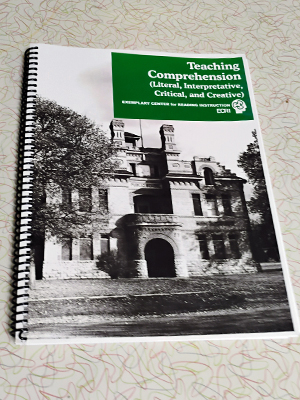Exemplary Center for Reading Instruction
Parent Resources/Homeschooling Materials
Teaching Vocabulary and Teaching Letter Names and Sounds
Choosing among eight different methods to introduce vocabulary allows teachers to develop students’ excellent visual and auditory discrimination, their ability to detect word parts, and identify syllables.
Teaching Manuscript and Cursive Penmanship Skills
As pupils learn to spell, write legibly and rapidly what they read, and proof their work, their reading levels increase and they use their ability to express themselves in writing more frequently.
Teaching Comprehension (Literal, Interpretative, Critical, and Creative)
Unless students understand the words they read, they lose interest in reading. Comprehension is critical for persons to become lifetime readers.
Teaching Critical Thinking and Specialized Study Skills
Critical thinking and specialized study skills assist a reader to obtain information more readily and to transfer the information so it makes sense and is used to serve meaningful purposes identified by the learner.
Teaching Writing (Creative and Expository) Skills, Book 1
Teaching Writing, Book 1, includes 36 sets of directives to teach at least 120 lessons. The teacher will be able to teach many writing skills with the use of this text.

